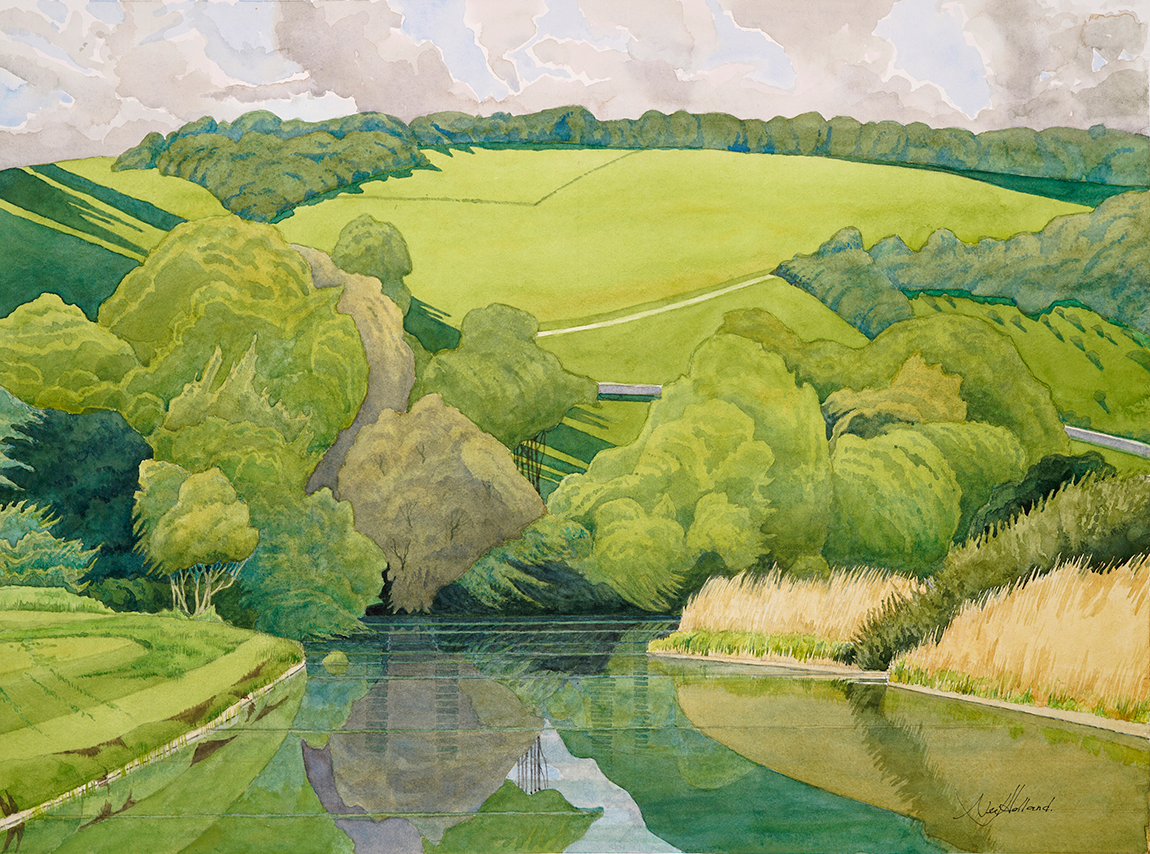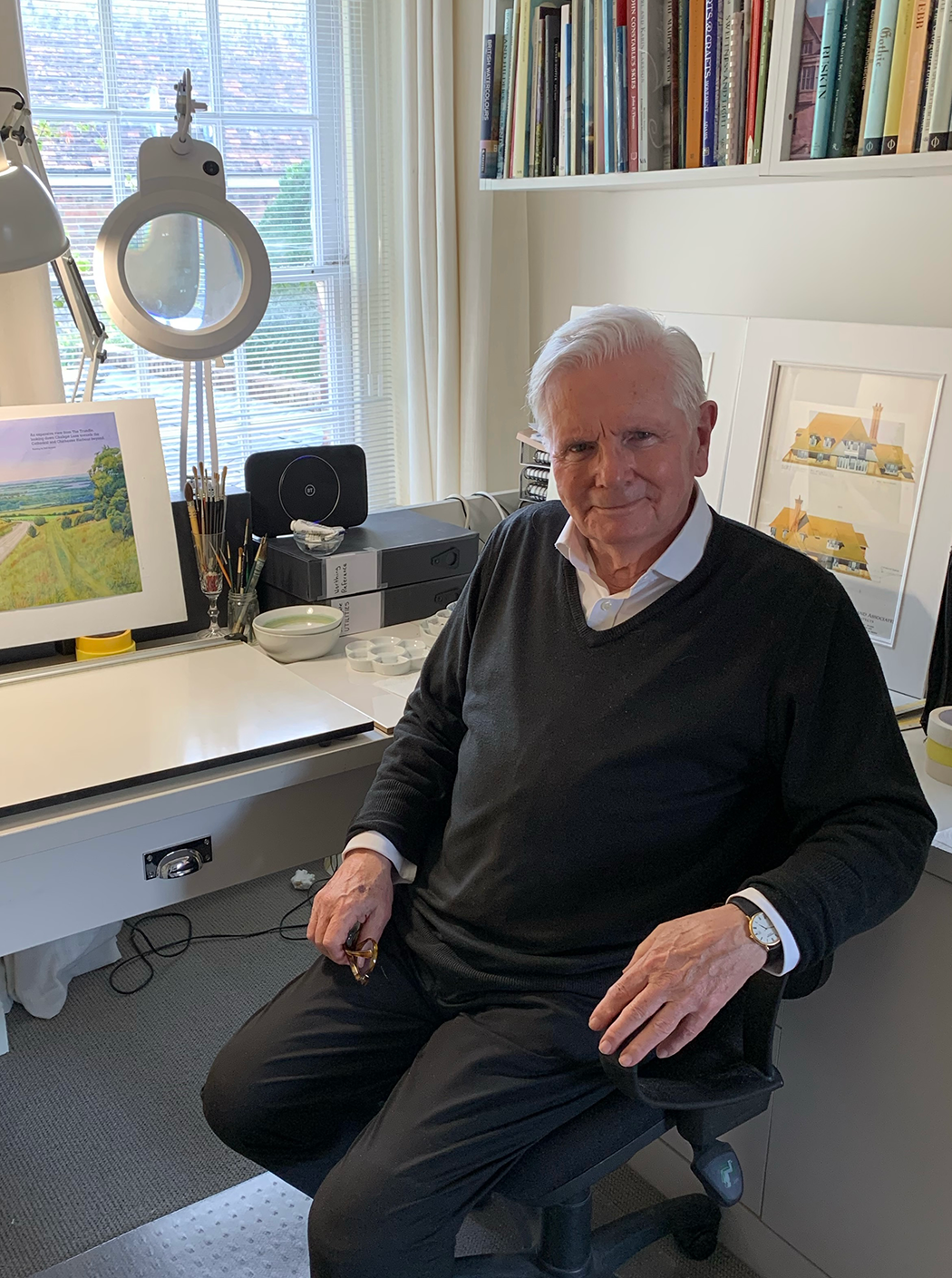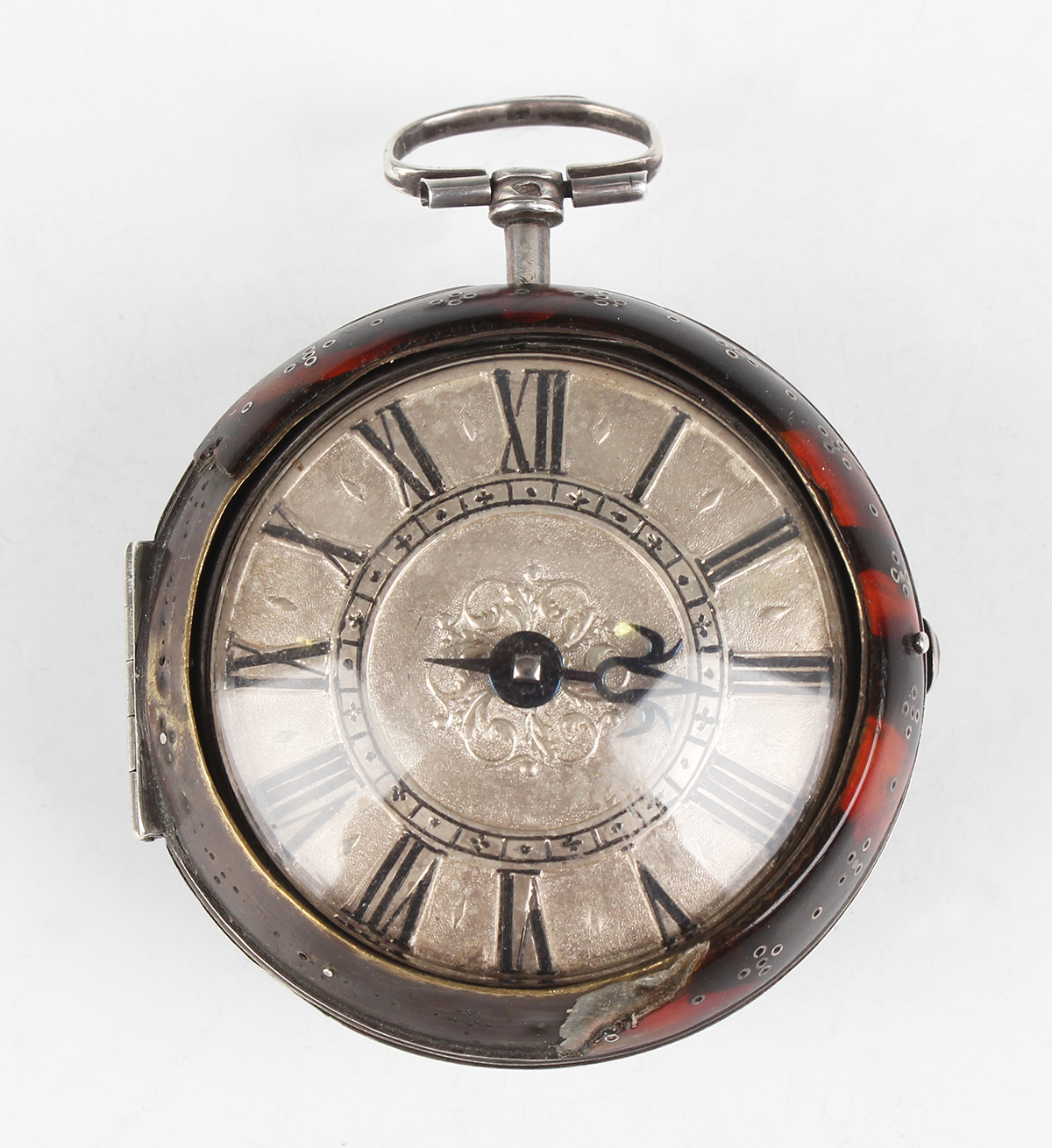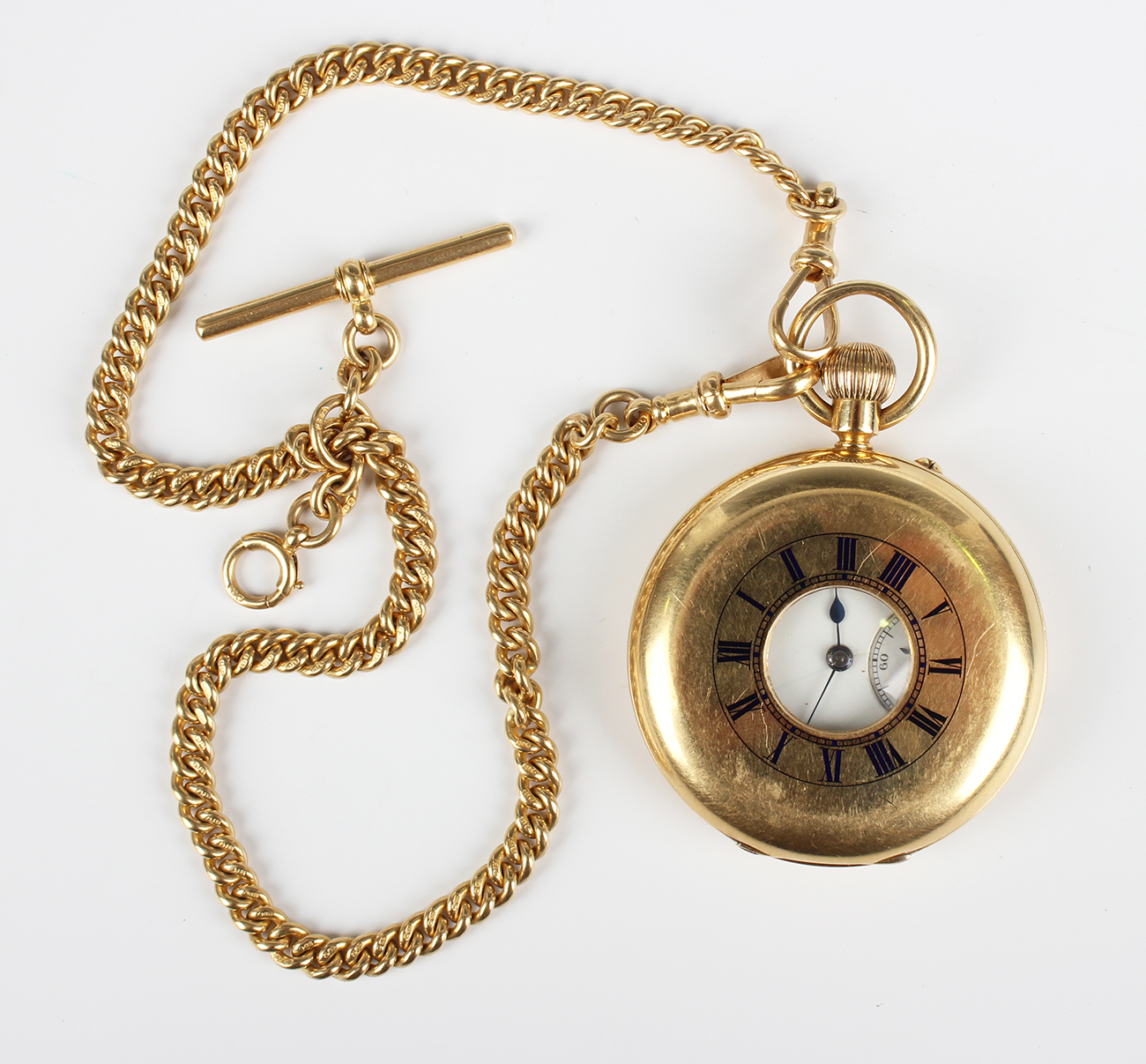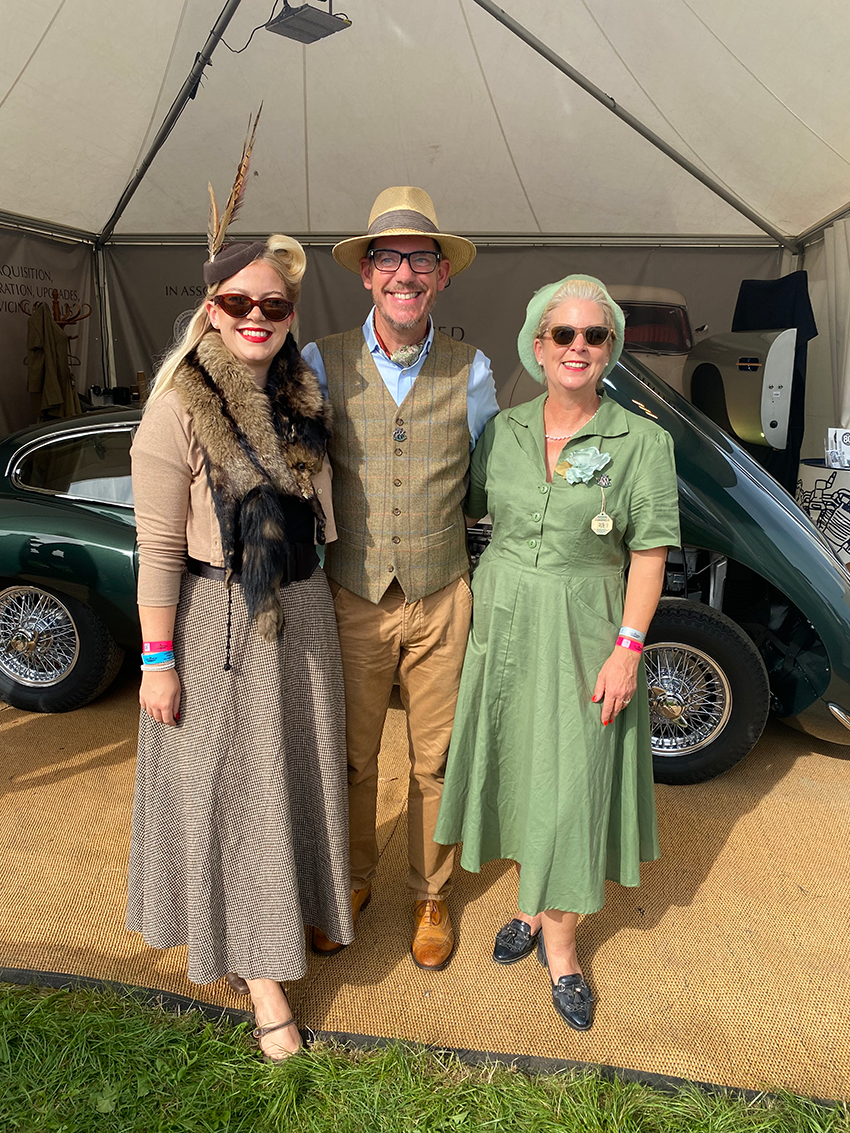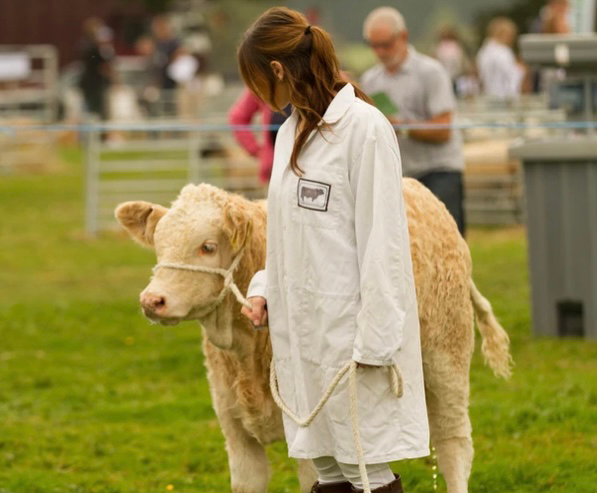
Chris Gale is celebrating his 40th anniversary as an auctioneer and valuer.
40 years in a profession is cause for celebration and the depth of expertise that time, experience and wisdom brings is apparent in all that Chris does.
He is one of the people I most respect in our profession.
I first met Chris Gale in Horsham, some 39 years ago when we were both starting out and working at Horsham Auction Galleries in the Carfax.
Chris says “Even in those days you wanted your own saleroom, or to be a Vicar.”
The friendship that was born in those days has endured and we have worked together continuously over all these years.
A hugely respected valuer and auctioneer. He maintains an unwavering care for the interest of our clients and the highest professional standards.
Throughout his career Chris has focused his exceptional eye on all the major collecting disciplines. He says “We forget that nothing was ever made in isolation. A Georgian cabinet was made to have a Georgian painting and a pair of candlesticks to accompany it.” But alongside his extraordinary breadth of knowledge Chris is one of the most highly respected toy specialists in the country. Over the years several millions of pounds worth of toys have been sold under his gavel.
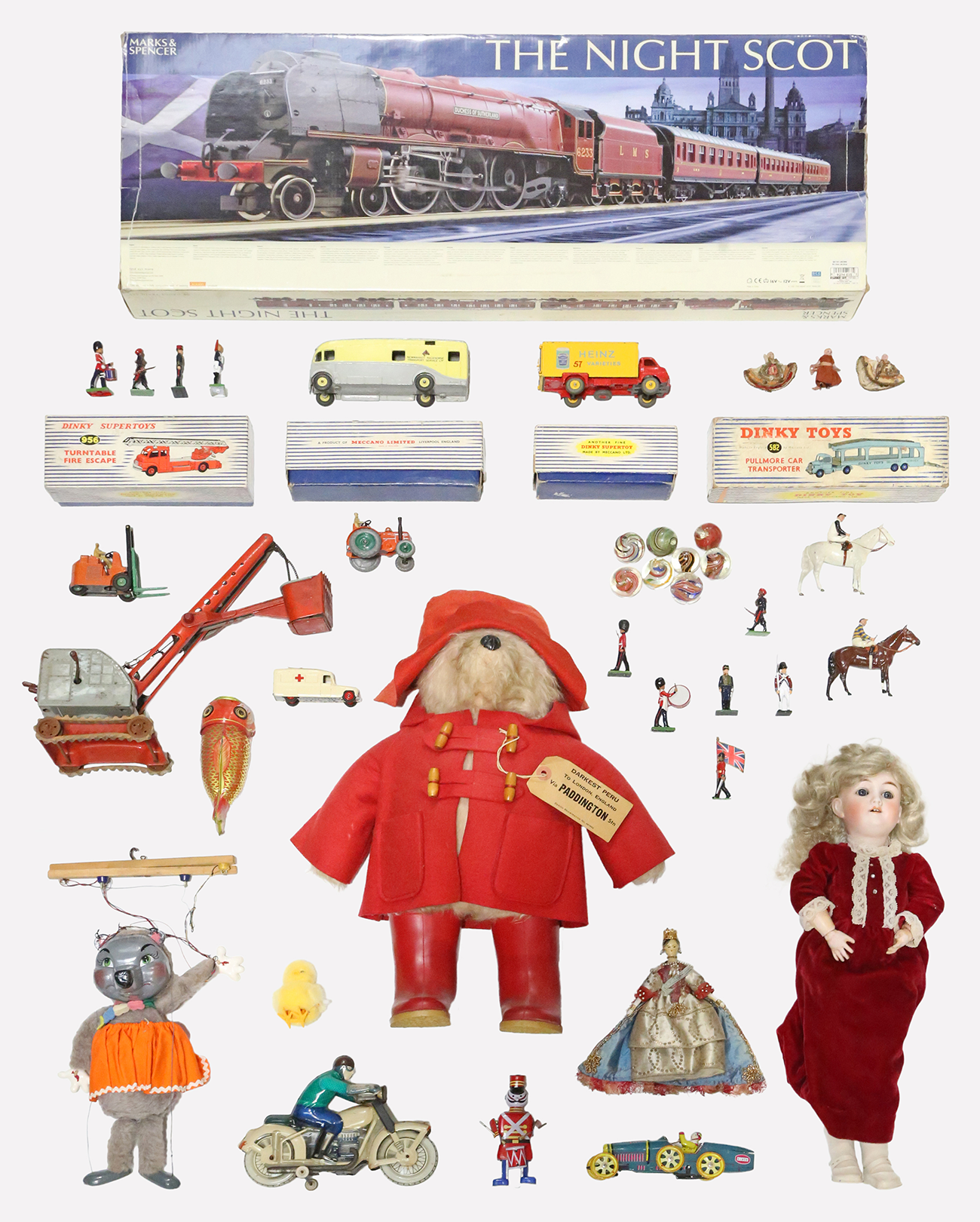
Chris comments “Dinky, Corgi, Matchbox, model trains, dolls, teddy bears, and tinplate toys are still celebrated by collectors and those recapturing their childhoods. Often objects speak of happy times in our lives. When I grew up, the youngest of six, the few toys we had were precious. As a boy my Dad took me to the Tank Museum at Bovington in Dorset and bought me a Dinky Toys, 155mm tank which I’ve never forgotten. Dads Hornby, Dublo OO gauge model railway was to be admired but not touched in those days. These days, it’s too busy in the toy department to play with them – but they’re still to be admired!”
I ask Chris what he loves most about his job. He replies “The thing I love most about my job is the team at Tooveys – it’s like a family, it is family. There is something special in helping people as they acquire or sell their collections. The trust they place in you and how appreciative they are once the things have been sold. I still look forward to every day and the future. Even after 40 years, you never stop learning in this business.”
As I thank Chris his face breaks into a smile and he sets out to take the auction.
